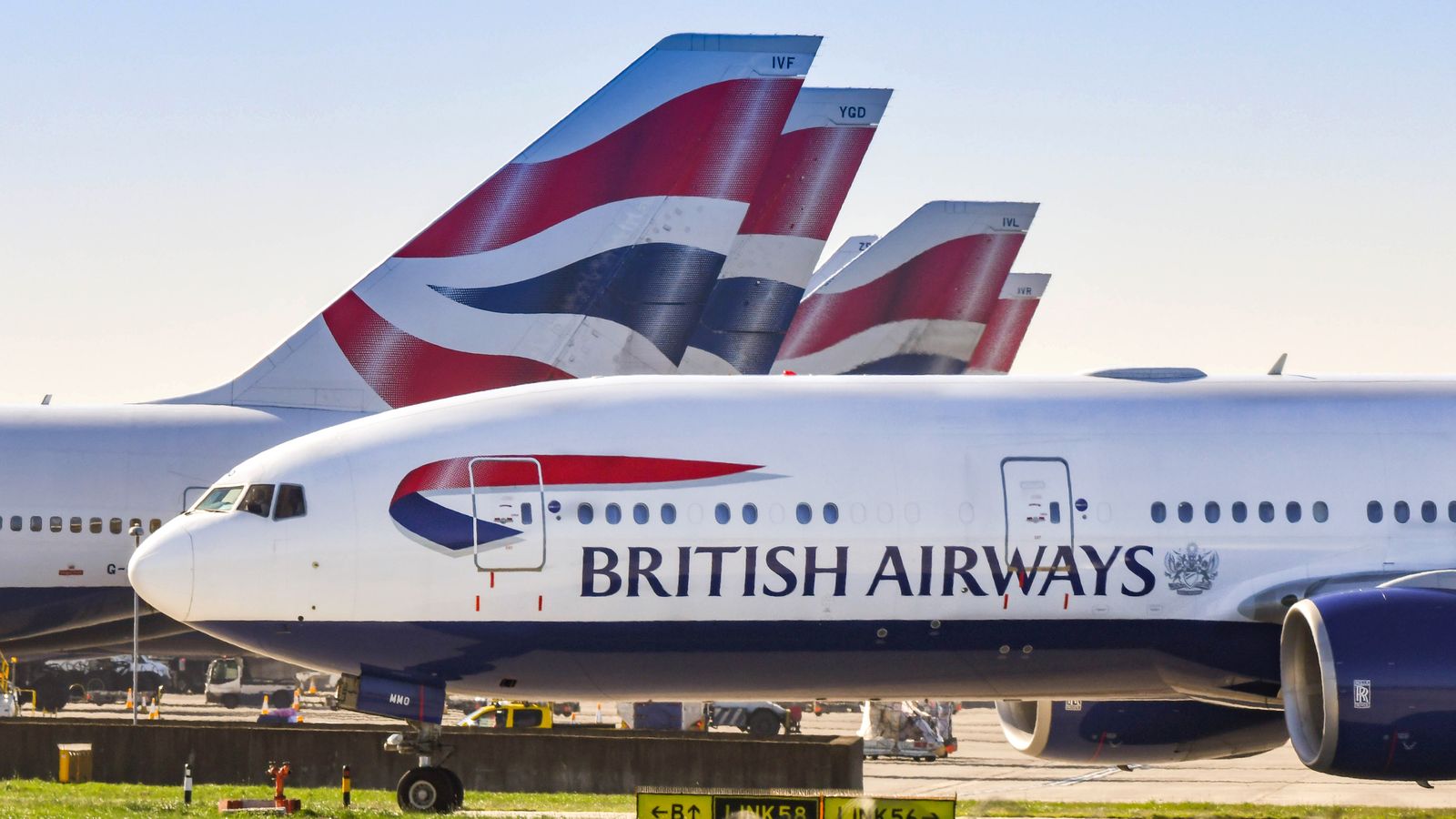
What makes the aviation market tick? The aviation industry is a complex web of airlines, manufacturers, and service providers. Understanding this market requires diving into various factors like fuel prices, technological advancements, and passenger demand. Why should you care? Whether you're a frequent flyer, an investor, or just curious, knowing these details can help you make informed decisions. Did you know? The aviation sector contributes significantly to global GDP and employment. From commercial flights to cargo transport, the industry impacts our daily lives in more ways than one. Ready to learn more? Let's break down the key elements shaping the aviation market today.
Key Takeaways:
- The demand for air travel is soaring, with global passenger traffic doubling in the past 20 years. Emerging markets like China and India are driving this growth, making air travel more accessible for budget-conscious travelers.
- Technological advancements in aviation, such as fuel-efficient aircraft and digital transformation, are improving safety, efficiency, and passenger experience. However, addressing environmental concerns and sustainability has become a priority for the industry.
The Growing Demand for Air Travel
The aviation market has seen significant growth over the past few decades. This surge is driven by various factors, including economic development, technological advancements, and changing consumer preferences.
-
Global Passenger Traffic: According to the International Air Transport Association (IATA), global passenger traffic has doubled over the past 20 years. This increase is expected to continue, with projections indicating a rise to 8.2 billion passengers by 2037.
-
Emerging Markets: Countries like China and India are experiencing rapid growth in air travel demand. China is set to overtake the United States as the world's largest aviation market by the mid-2020s.
-
Low-Cost Carriers: The rise of low-cost carriers (LCCs) has made air travel more accessible. LCCs now account for approximately 30% of global air traffic, offering affordable options for budget-conscious travelers.
Technological Advancements in Aviation
Technological innovations have played a crucial role in shaping the aviation market. These advancements have improved safety, efficiency, and passenger experience.
-
Fuel-Efficient Aircraft: Modern aircraft like the Boeing 787 Dreamliner and Airbus A350 are designed to be more fuel-efficient. These planes consume 20-30% less fuel than their predecessors, reducing operational costs and environmental impact.
-
Digital Transformation: Airlines are increasingly adopting digital technologies to enhance operations. From online booking systems to in-flight Wi-Fi, these innovations improve customer satisfaction and streamline processes.
-
Automation and AI: Automation and artificial intelligence (AI) are revolutionizing various aspects of aviation. AI-powered systems assist in predictive maintenance, optimizing flight routes, and enhancing security measures.
Environmental Concerns and Sustainability
As the aviation industry grows, so does its environmental footprint. Addressing sustainability has become a priority for airlines and regulatory bodies.
-
Carbon Emissions: Aviation contributes approximately 2-3% of global carbon emissions. Efforts are being made to reduce this impact through the development of sustainable aviation fuels (SAFs) and more efficient aircraft.
-
Green Airports: Airports are also adopting eco-friendly practices. Initiatives include using renewable energy sources, implementing waste reduction programs, and enhancing public transportation access to reduce carbon footprints.
Economic Impact of Aviation
The aviation industry significantly impacts the global economy, providing jobs and facilitating trade and tourism.
-
Job Creation: The aviation sector supports millions of jobs worldwide. According to the Air Transport Action Group (ATAG), aviation directly employs over 10 million people and indirectly supports an additional 65 million jobs.
-
Economic Contribution: Aviation contributes trillions of dollars to the global economy. In 2018, the industry generated approximately $2.7 trillion in economic activity, accounting for 3.6% of global GDP.
Final Thoughts on Aviation Market Analysis
Understanding the aviation market is crucial for anyone involved in the industry. From passenger trends to fuel prices, each factor plays a significant role in shaping the market. Technological advancements and environmental concerns are driving changes faster than ever. Keeping an eye on emerging markets can offer new opportunities for growth. Regulatory changes also impact how airlines operate, making it essential to stay updated. Economic fluctuations can either boost or hinder market growth, so being prepared is key. Customer preferences are shifting towards more sustainable and efficient travel options. Airline alliances and partnerships can provide competitive advantages. Data analytics is becoming increasingly important for making informed decisions. Staying informed and adaptable will help navigate the complexities of the aviation market.
Frequently Asked Questions
Was this page helpful?
Our commitment to delivering trustworthy and engaging content is at the heart of what we do. Each fact on our site is contributed by real users like you, bringing a wealth of diverse insights and information. To ensure the highest standards of accuracy and reliability, our dedicated editors meticulously review each submission. This process guarantees that the facts we share are not only fascinating but also credible. Trust in our commitment to quality and authenticity as you explore and learn with us.


